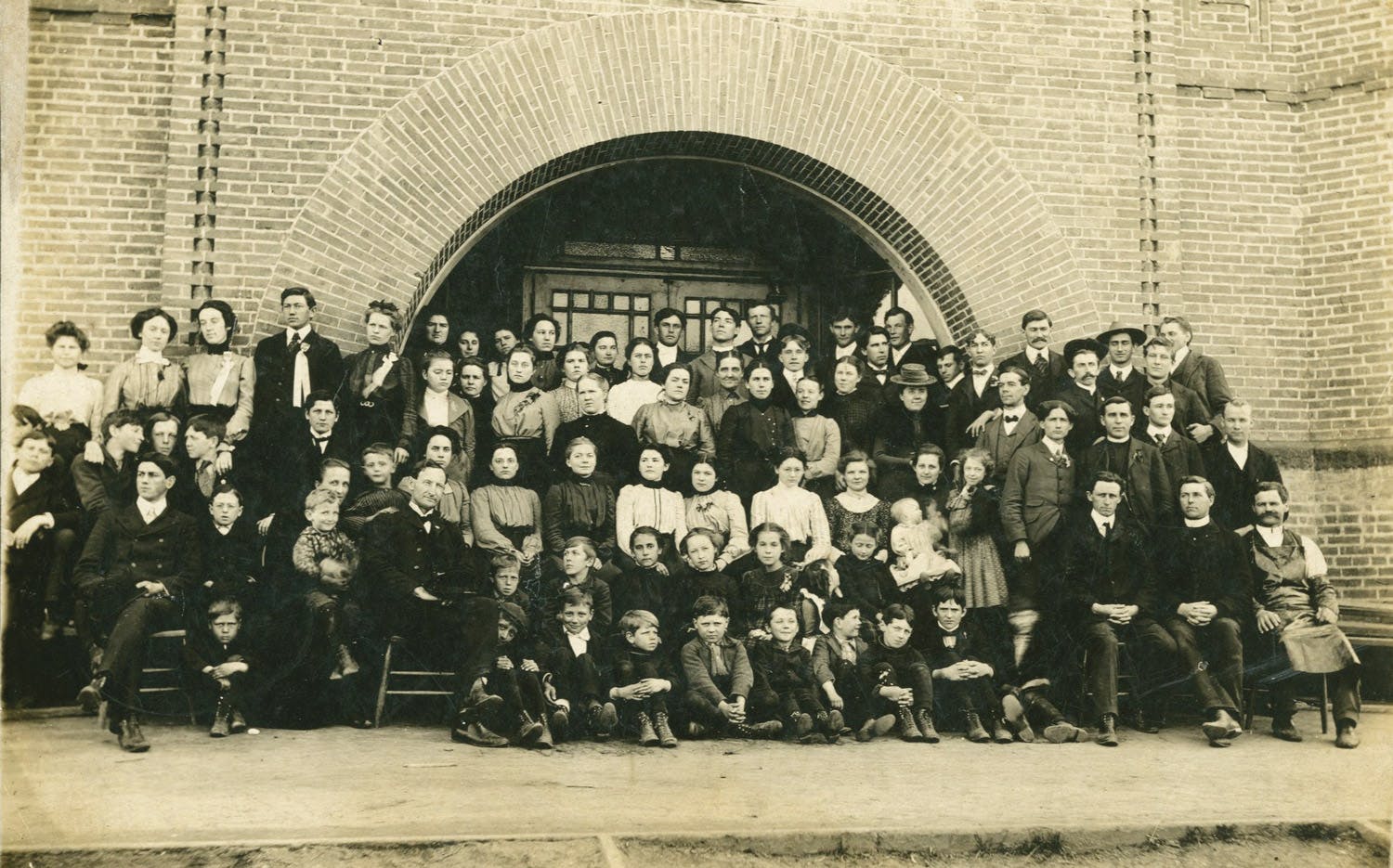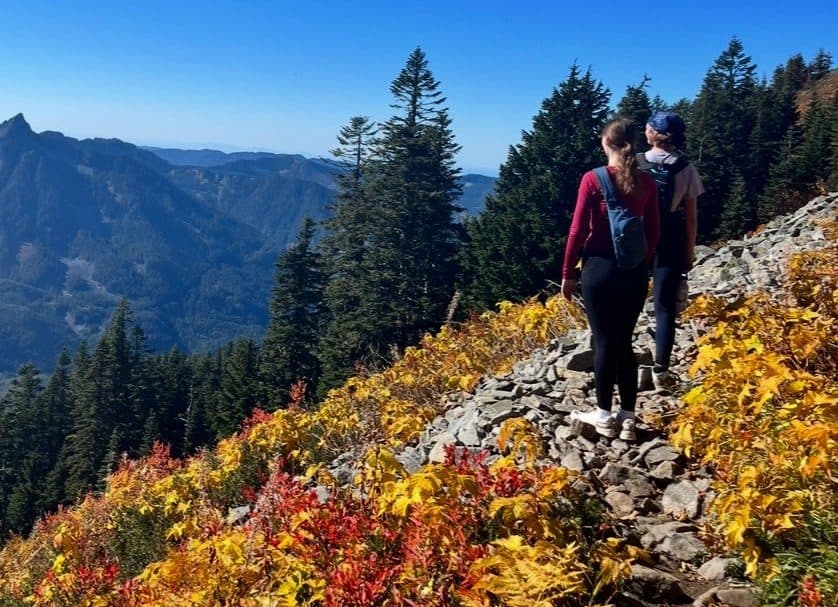From the education program’s infancy in 1921, SPU has shown an uncommon aptitude for training educators.
Some of my earliest connections to the world of higher education revolved around my father singing the Cal Poly fight song on long family road trips to visit my grandmother in Fort Wayne, Indiana. Travel to the Hoosier state often elicited another higher education conversation, as we tried to determine why my mother would say she was a “boilermaker,” the mascot of Purdue University, her alma mater.
When we stayed closer to home, traveling an hour and a half south of Kansas City to the Martin family farm, I encountered the idea of higher education in a simple farmhouse built by my grandfather. On weekends we would visit the farm, and there were many wintery Saturdays when I would hole up in my grandparent’s living room. As I huddled as close as I could to the heater trying to get warm, I would often stare at a framed diploma hung proudly on the wall. It was from the Kansas Normal School, issued to my grandfather, Clyde Ulysses Martin, in the early 1900s. Today, I can visit the family farm and see the one-room school house where my grandfather taught and my father attended.
I remember asking my father what a “Normal” school was; he explained it was a college focused on preparing students to be teachers. Since that time, many members of my family have followed my grandfather’s steps, studying and serving in education at all levels and disciplines.
Just as education has been a consistent identifier with the Martin family since the turn of the 20th century, it has defined Seattle Pacific University as well.
From the education program’s infancy in 1921, SPU has shown an uncommon aptitude for training educators. It began with the Normal Training School, along with formal curriculum, facilities, and professors. Educating educators was one of President Orrin Tiffany’s primary goals, and it helped the University establish a significant reputation within the region. Organized and directed by Candis Nelson for nearly 20 years, the teacher training program saw rapid growth, so much so that in 1922, a joint committee from the University of Washington and the State Department of Education voted for its formal accreditation.
That first year there were two graduates of the Normal Training School’s two-year course of study. By 1940, there were 27 graduates of a three-year curriculum and 41 graduates of a four-year curriculum. Most recently, 70 undergraduates and 179 graduate-level students earned initial teacher certification in one year.
There has been a significant shift from teacher education firmly rooted at the undergraduate level for the first 70 years, to today’s program, where more than half of those recommended for teaching certificates have completed a master’s degree program. This has enabled us to embrace change and produce qualified teachers, principals, and other educators for the positions schools most need to fill.

As it approaches its centennial year, the School of Education continues its invaluable impact. The school prepares some of the most sought-after educators in the region, and faculty members work to develop programs of quality, rigor, and relevance based upon current research and best practices in the field. Students and graduates are noted for making significant contributions to the field throughout the greater community, state, and nation
With a guiding purpose of “Educating for Hope,” the School of Education focuses on key distinctives of competency, character, leadership, and service:
Competence: In the School of Education, students master the role of educator, demonstrate excellence in the delivery of instruction, use technology to support learning, and are able to meet the diverse needs of
students.
Character: There’s more to being an effective educator than professional expertise. SPU is known for preparing educators with a heart for students, strong personal values, and a commitment to the highest ethical standards.
Leadership: Students learn principles of transformational leadership: forming and advocating principle-based ideas, motivating and directing others toward learning and positive change, and enabling different groups to collaborate.
Service: Education and service go hand in hand. In the School of Education, students discover a vision of education infused with a commitment to Christian service — with the goal of bringing hope to students and communities.
If there ever was a discipline that represented SPU, it is education. When I reflect on my own family history, or meet the groups of local kindergarteners touring SPU’s campus with our students on “Kinder to College” day, or think about Seattle Pacific’s storied 125-year history, I am grateful for the positive difference made in the lives of children, families, and schools throughout the Pacific Northwest and beyond.
 Daniel J. Martin is Seattle Pacific University’s 10th president. You can follow him on Twitter @SPUPres.
Daniel J. Martin is Seattle Pacific University’s 10th president. You can follow him on Twitter @SPUPres.




